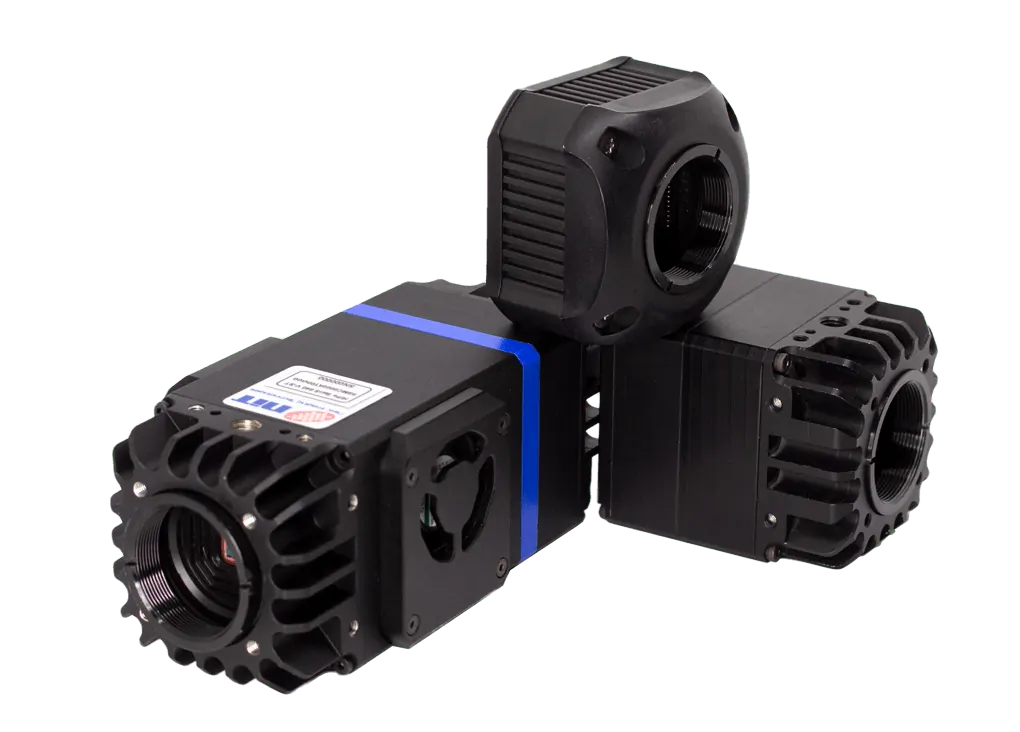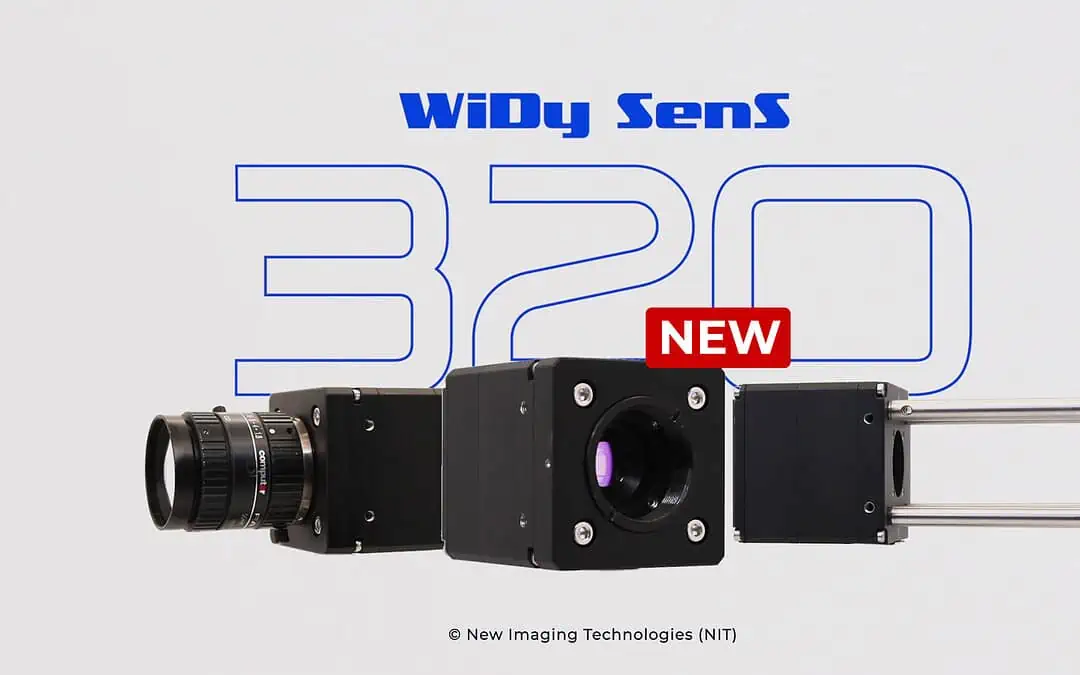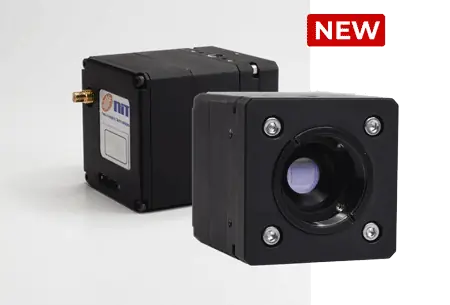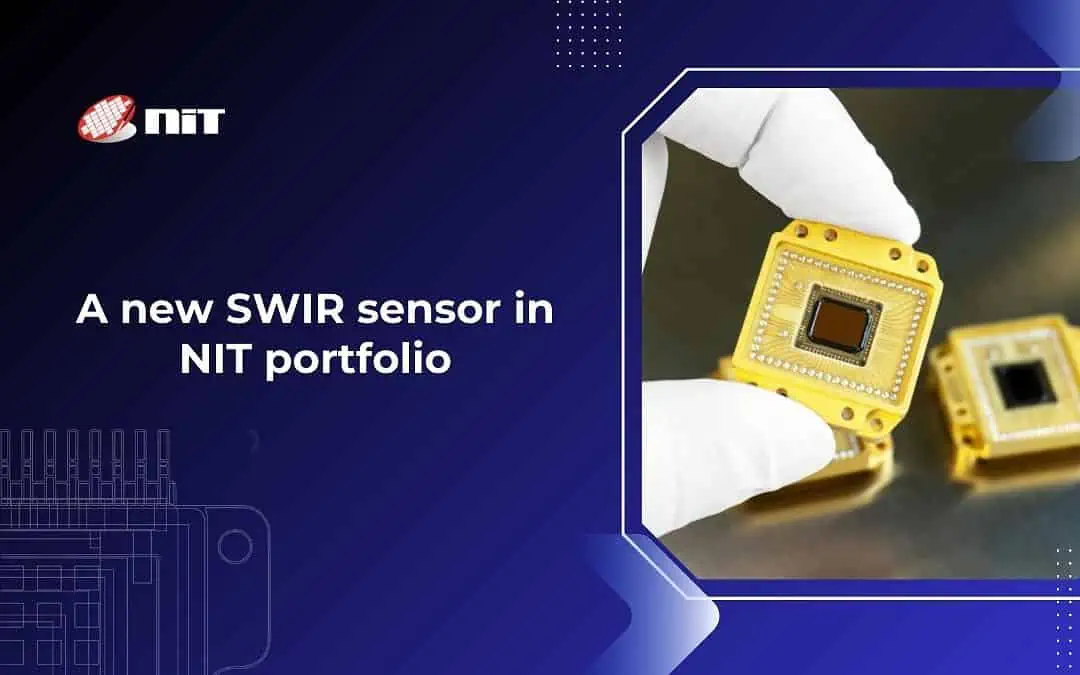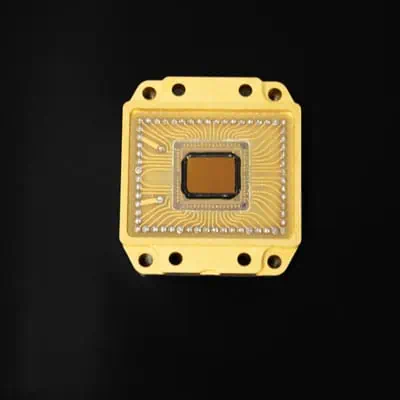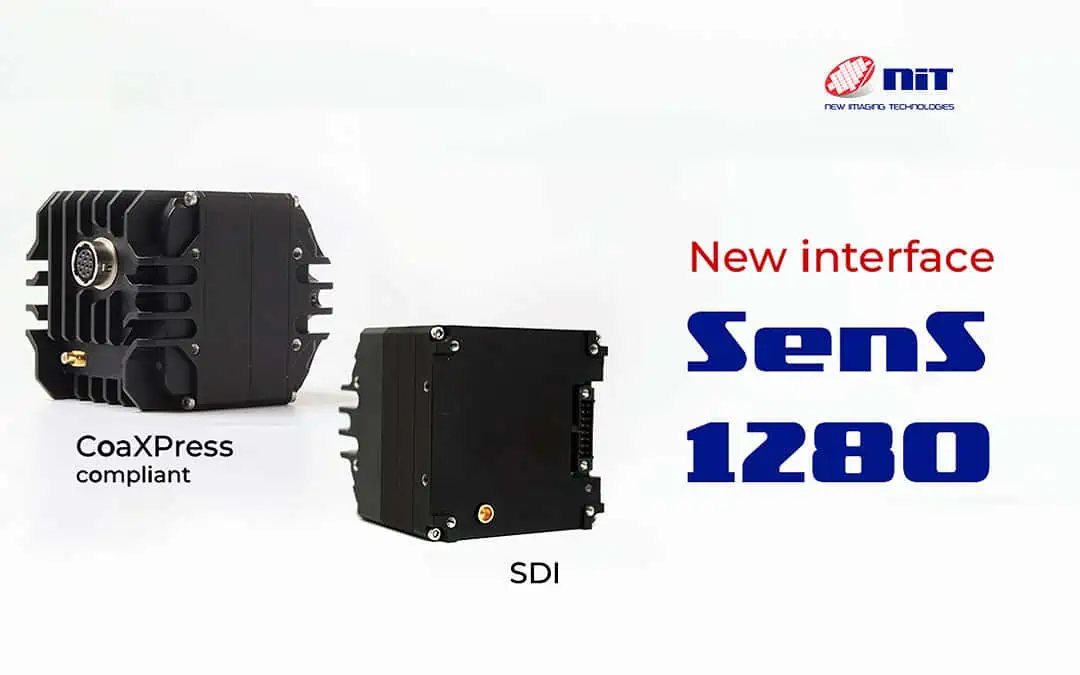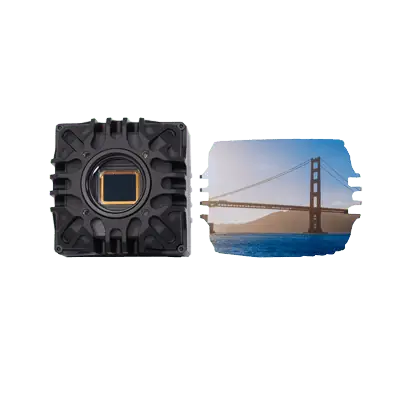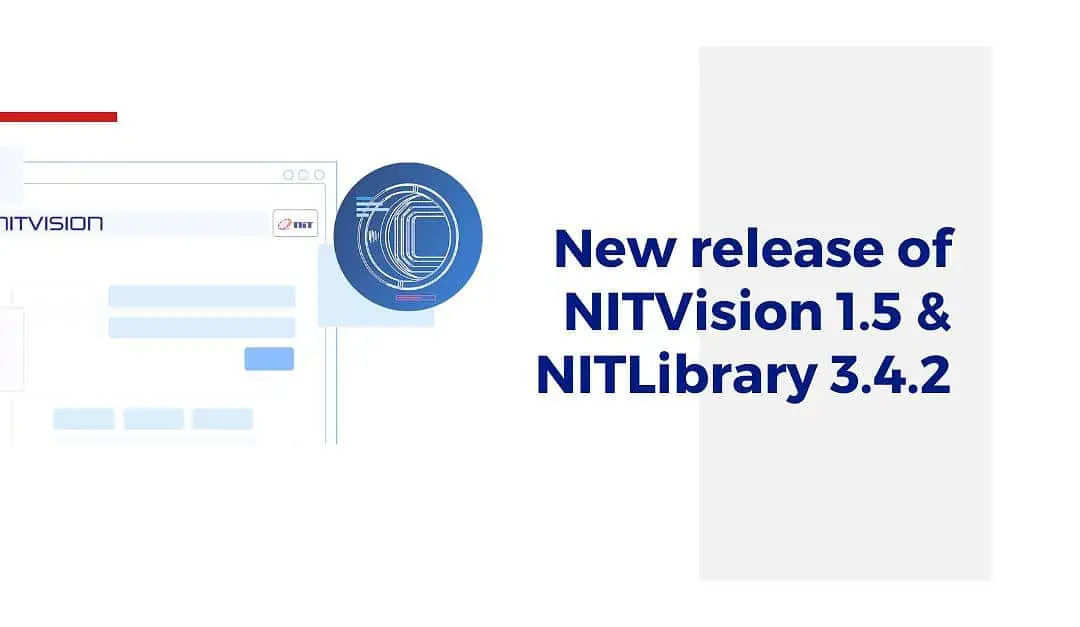We are thrilled to announce the release of the latest versions of our powerful software solutions, NITVision 1.5 (GUI) and NITLibrary 3.4.2 (SDK), marking an advancement in our commitment to user-focused development.
Enhanced OS Compatibility
The new versions now extend support to the latest operating systems, including Windows 11, Debian 12, and Ubuntu 22.04, offering a seamless experience to our diverse user base across various platforms.
Expanded Support Version
New versions of Python are added to the versions currently supported.
NITVISION
| x86-64 |
Windows |
Yes |
| Linux |
Debian 11 |
| Debian 12 |
| Ubuntu 20.04 |
| Ubuntu 22.04 |
| Arm64 |
|
Debian 11 |
| Debian 12 |
| Ubuntu 20.04 |
| Ubuntu 22.04 |
NITLibrary 3.4.2
| x86-64 |
Windows |
C++ |
| Python (3.6/3.8/3.9/3.10) |
| Linux |
Debian 11: |
C++ |
| Python (3.9) |
| Debian 12 |
C++ |
| Python (3.11) |
| Ubuntu 20.04 |
C++ |
| Python (3.8) |
| Ubuntu 22.04 |
C++ |
| Python (3.10) |
| Arm64 |
Linux |
Debian 11 |
C++ |
| Python (3.9) |
| Debian 12 |
C++ |
| Python (3.11) |
| Ubuntu 20.04 |
C++ |
| Python (3.8) |
| Ubuntu 22.04 |
C++ |
| Python (3.10) |
Availability
NITVision 1.5 and NITLibrary 3.4.2 are available for download from our website, providing users with access to the latest advancements and features.
For more information, and detailed release notes, and to explore these new updates, contact our support service.
We look forward to bringing more innovations and improvements in the future.

